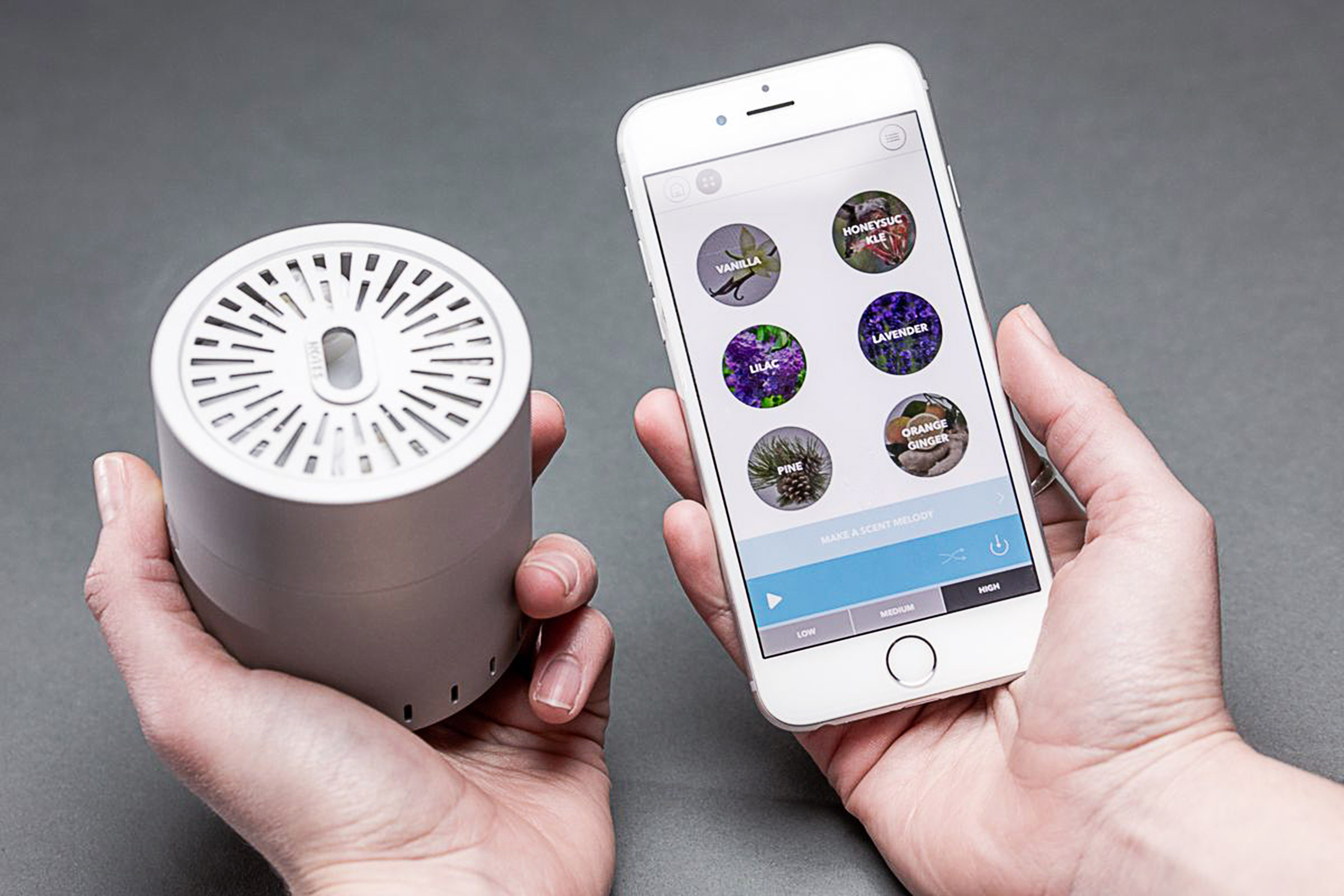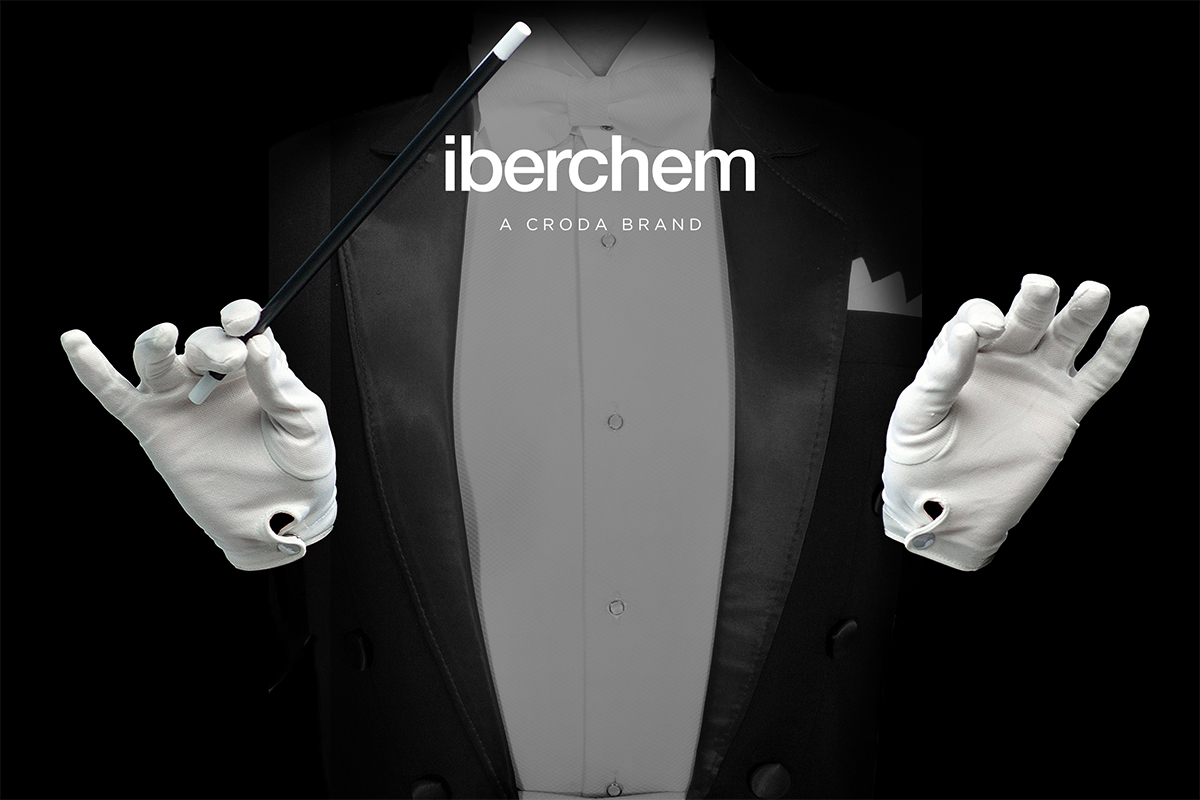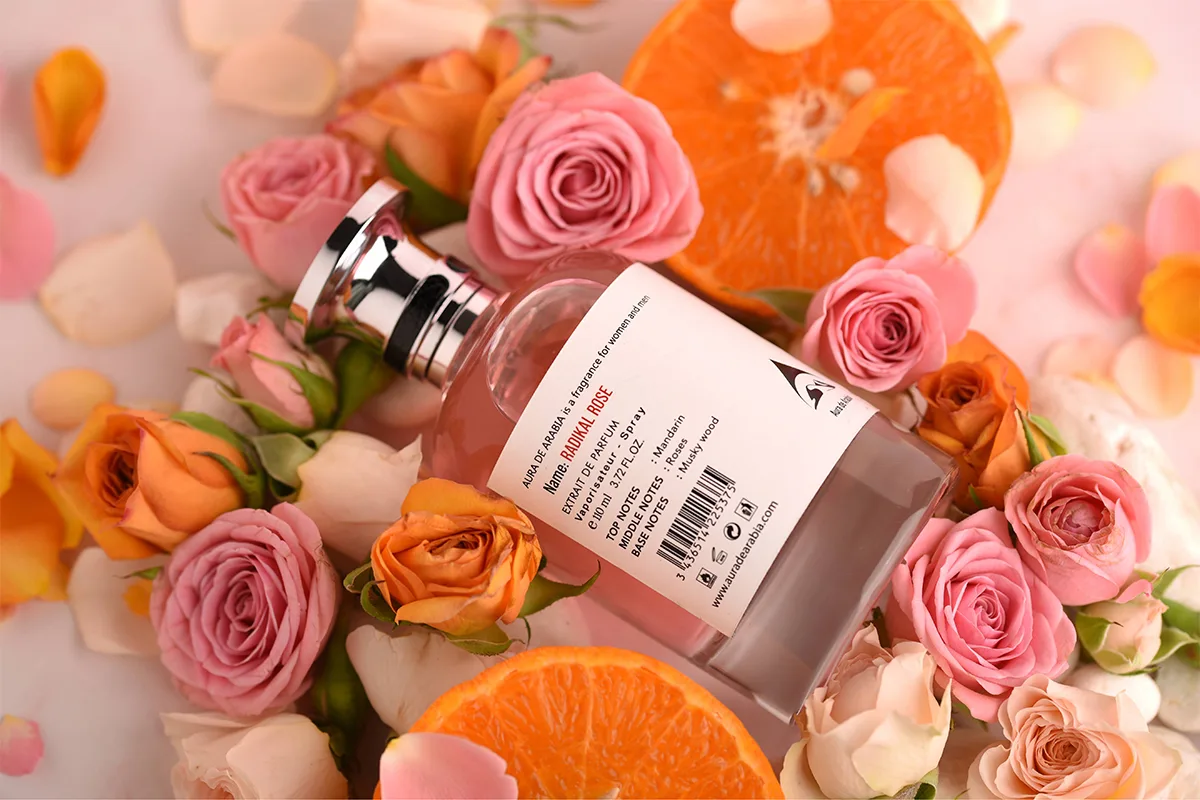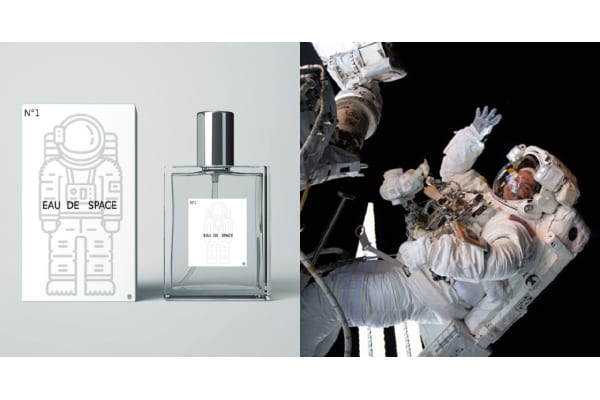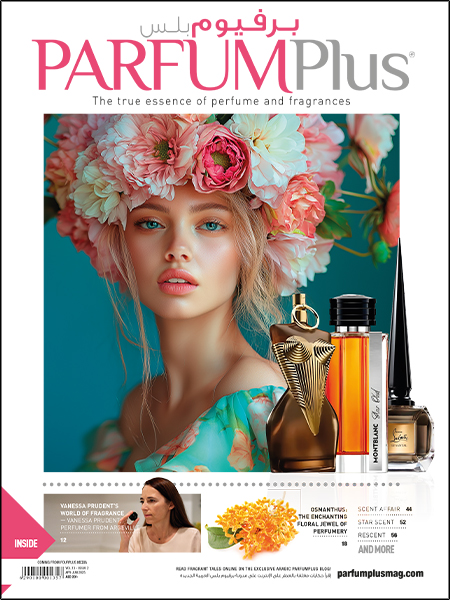It’s the digital age, and like every other industry, even the perfume industry has evolved with its own innovative tech adaptations. Here what’s in store in the digital world of fragrance…
“Odors have a power of persuasion stronger than that of words, appearances, emotions, or will.” quoted Patrick Suskind in his 1985 novel, Perfume: The Story of a Murderer. Our digital world is soaked with moving pictures, words and sound. But scent, one of our most powerful senses from an emotional perspective, is often neglected by our online media. Whilst digital imagery uses just red, green and blue to create every other visible colour, it is considered far more complex to recreate a smell, since it doesn’t have the equivalent of “primary cartridges”. However, scent technology is making headway as the sense of smell seems to answer many of the demands of our present culture.
Enhancing uniqueness
Today we value sharing our personal experience with others around us, to claim our uniqueness. Often the consumer is presented with the possibility of ‘engineering’ individual moods for particular occasions or times of the day, in a similar way that a playlist would or making your own cup of coffee. The answer to this in the scent is a device made by the brand Cyrano. It is a scent speaker which uses a range of scent capsules to emit “playlists” of smells. Cyrano also allows users to create a mood melody and then send the combo to a friend through their app. The scent is paired with a video on the app so they travel through each scene: kind of a scent-o-gram.
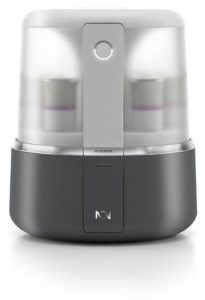
NOTA NOTA is another concept of mixing perfume, a concept by which perfume becomes part of the user’s daily routine like coffee from a coffee machine, allowing the user to prepare and wear unique perfumes for every day, night, mood and events.
In terms of enhancing our experience, for theme park designers and filmmakers scent has long been another storytelling device, just like 3D or immersive audio. Amusement parks use scent projectors to evoke a sense that would otherwise be ignored. AR/VR developers are now investing in scent technologies. The advantage here is that to create a scent of “burning tyres” for a car racing video game, it’s not necessary to replicate every different note found in the odour of “burning tyres”, a heated rubber note along with smoky notes will be sufficient when the user sees a car racing in the VR headset at the same time the scent is released.
Subliminal Comfort
Over the last few decades, brands have used scent to give us something to associate them with, but also to make us feel at ease. We are always breathing; therefore, we are always smelling – but without us realising. The sense of smell is directly hardwired into our brain. We unconsciously use this information without awareness.
The brands doing it effectively are doing it without you realising. Take Nescafé, who have embedded the smell of ‘Nescafé coffee’ in their labels for decades, so you smell it off the shelf.
A similar tactic is also used by the London toy shop Hamleys, which pumps out the smell of piña colada during summer because it makes the parents linger longer. Smells can be distributed through a store as simply as with a fan, or via complete integration with an air-conditioning system. A lot of retail companies use this, and its purpose is to keep customers in the store, by creating this welcoming environment. And studies show that it works. It keeps people in the store longer, it helps people feel anchored in our personal space, making them feel comfortable with their shopping and in a lot of cases causing them to spend more money!
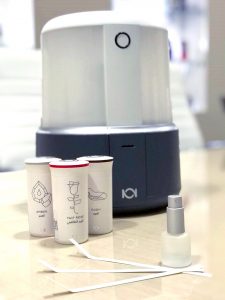
The Home & Nostalgia
Focusing on the sentimental values of individual customers is the new marketing mantra. Japanese device “Scentee Machina” is called the next generation smart room diffuser equipped with AI technology, allowing users to control the fragrance via smartphone. This diffuser can integrate with the users’ calendar to prepare the house when he or she comes home. The device has two parts; the top carries the fragrance oil and the base connects to the internet, meaning that the users can tailor the program and control it through their smartphones based on their personal preferences. And, as the world’s first olfactory alarm clock, SensorWake has the potential to revolutionise our morning experience by the smell of hot Croissants or coffee rather than a loud beeping noise!
Recently at the creation site of IKEA, Sweden, Students from the Royal College of Art, London attended a 2-day workshop to find new ways to express scent in the different parts of the home. The group projected numerous ideas like framing memories by scent – using door frames and window frames. “The swing of a door will create the smell” said the student “but it will also support the particular memory in the future when you remember entering the home”.
It’s clear that smell is always modulating our mood and experience and that product developers have ample technologies and techniques for leveraging the sense of smell. Some of those exist today, but even more exciting ones lay ahead!


